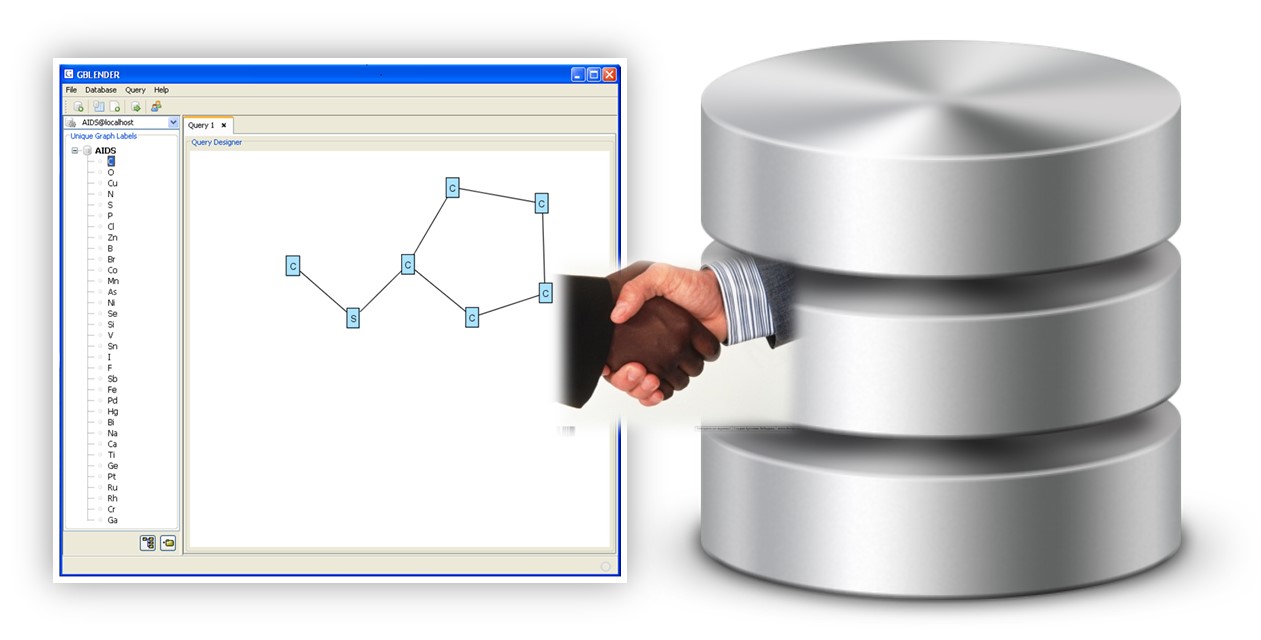 Visual interface design and devising efficient techniques for interactive search and exploration are traditionally independent to each other for decades. This is primarily due to the fact that the two key enablers of these efforts, namely HCI and data management, have evolved into two disparate and vibrant scientific fields, rarely making any systematic effort to leverage techniques and principles from each other towards superior realization of these efforts. Specifically, data management researcher has traditionally focused on "under-the-hood" techniques such as indexing, query processing, and transactions. On the hand, the HCI community has focused on "outside-the-hood" issues such as user task modeling, menu design models, human factors, etc. Data management researchers have a tendency to shy away from outside-the-hood challenges with HCI flavors whereas the HCI researchers are reluctant to look at under-the-hood challenges that may influence the way they build visual interfaces among others. We believe that this chasm between these two vibrant fields sometimes create obstacles in providing superlative human interaction and experience with underlying data. For instance, on the one hand, as visual query interface construction process is traditionally data-unaware, it may fail to generate flexible, portable, and user-friendly query interface. On the other hand, traditionally query processing techniques are only invoked once a user has completed her visual query formulation as the former is completely decoupled from the latter.
Visual interface design and devising efficient techniques for interactive search and exploration are traditionally independent to each other for decades. This is primarily due to the fact that the two key enablers of these efforts, namely HCI and data management, have evolved into two disparate and vibrant scientific fields, rarely making any systematic effort to leverage techniques and principles from each other towards superior realization of these efforts. Specifically, data management researcher has traditionally focused on "under-the-hood" techniques such as indexing, query processing, and transactions. On the hand, the HCI community has focused on "outside-the-hood" issues such as user task modeling, menu design models, human factors, etc. Data management researchers have a tendency to shy away from outside-the-hood challenges with HCI flavors whereas the HCI researchers are reluctant to look at under-the-hood challenges that may influence the way they build visual interfaces among others. We believe that this chasm between these two vibrant fields sometimes create obstacles in providing superlative human interaction and experience with underlying data. For instance, on the one hand, as visual query interface construction process is traditionally data-unaware, it may fail to generate flexible, portable, and user-friendly query interface. On the other hand, traditionally query processing techniques are only invoked once a user has completed her visual query formulation as the former is completely decoupled from the latter.
In this research, we question the traditional reluctance of the data management (resp. HCI) community to embark on seemingly non-DB-ish (resp. non-HCI-ish) grand challenges. We explore the vision of bridging the long-standing chasm between traditional data management and HCI in the context of network data. Such data is widespread nowadays in various domains and applications such as biology, cheminformatics, social science, machine learning and AI. We refer to this new arena as human-graph interaction. Specifically, we aim to explore several novel and intriguing research challenges toward the grand goal of bridging this chasm. Realization of these challenges entails significant rethinking of several long-standing strategies for human interaction with data management and analytics systems.
If the user can’t use it, it doesn’t work.
- Susan Dray, Dray & Associates, Inc.
This research is partially funded by NTU Tier 1 grant and MOE Tier 2 grant. Results of our research have appeared in premium venues such as SIGMOD, VLDB, ICDE, VLDB Journal, and TKDE.
There are two key subprojects in HINT as follows:
- VOGUE (Visual InteractiOn-aware Graph QUErying): Due to the complexity of graph query languages, the need for visual query interfaces (VQI) that can reduce the burden of query formulation is fundamental to the spreading of graph data management tools to wider community. In this project, we explore novel HCI-aware graph query processing paradigm, where instead of processing a query graph after its construction, it interleaves visual query construction and processing to improve system response time. The key idea is to exploit GUI latency to prune false results and prefetch candidate results by employing novel user action-aware indexing and query processing schemes.
- DAVINCI (DAta-driven Visual INterface Construction EngIne): Visual graph query interfaces widen the reach of graph querying frameworks across a variety of end users by enabling nonprogrammers to use them. Several industrial and academic frameworks for querying graphs expose such visual interfaces. In this project, we explore the construction of data-driven visual query interface (a.k.a plug-and-play interface) that is grounded on the principles of human-computer interaction (HCI) and cognitive psychology to enhance usability of graph querying frameworks. A data-driven VQI has many benefits such as reducing the cost in constructing and maintaining an interface, superior support for query formulation, and increased portability of the interface.

The list of publications related to this project can be found here.

VOGUE
- PRAGUE (IEEE ICDE 2012),GBLENDER (ACM SIGMOD 2010, ACM SIGMOD 2011), QUBLE (ACM SIGMOD 2013, VLDB J 2014), and BOOMER (ACM SIGMOD 2018, ACM SIGMOD 2020) are the world's first frameworks that realize the paradigm of blending visual graph query formulation and query processing.
- PICASSO (VLDB 2017) and FERRARI (IEEE ICDE 2019, VLDB J 2020)are the world's first frameworks for visual exploratory subgraph search on graph databases.
- VISUAL (IEEE ICDE 2015, IEEE TKDE 2017) is the world's first framework to simulate visual graph query formulation process using an HCI-inspired model. This framework can be used to automate performance benchmarking of visual graph query-based applications.
- AUTOG (VLDB 2016, IEEE TKDE 2017) and GFocus (IEEE TKDE 2022)are seminal frameworks that supports subgraph suggestions during visual graph query formulation.
DAVINCI
- DAVINCI (IEEE ICDE 2015, VLDB 2016), AURORA (ACM SIGMOD 2019, ACM SIGMOD 2020), and PLAYPEN (ACM SIGMOD 2022, VLDB 2021) are the world's seminal frameworks to realize a data-driven approach for constructing visual graph query interface. Prior to DAVINCI, visual graph query interfaces were created by writing relevant code manually.
- MIDAS (ACM SIGMOD 2021) is the first approach for maintaining canned patterns in a GUI as the underlying graph database evolves.


